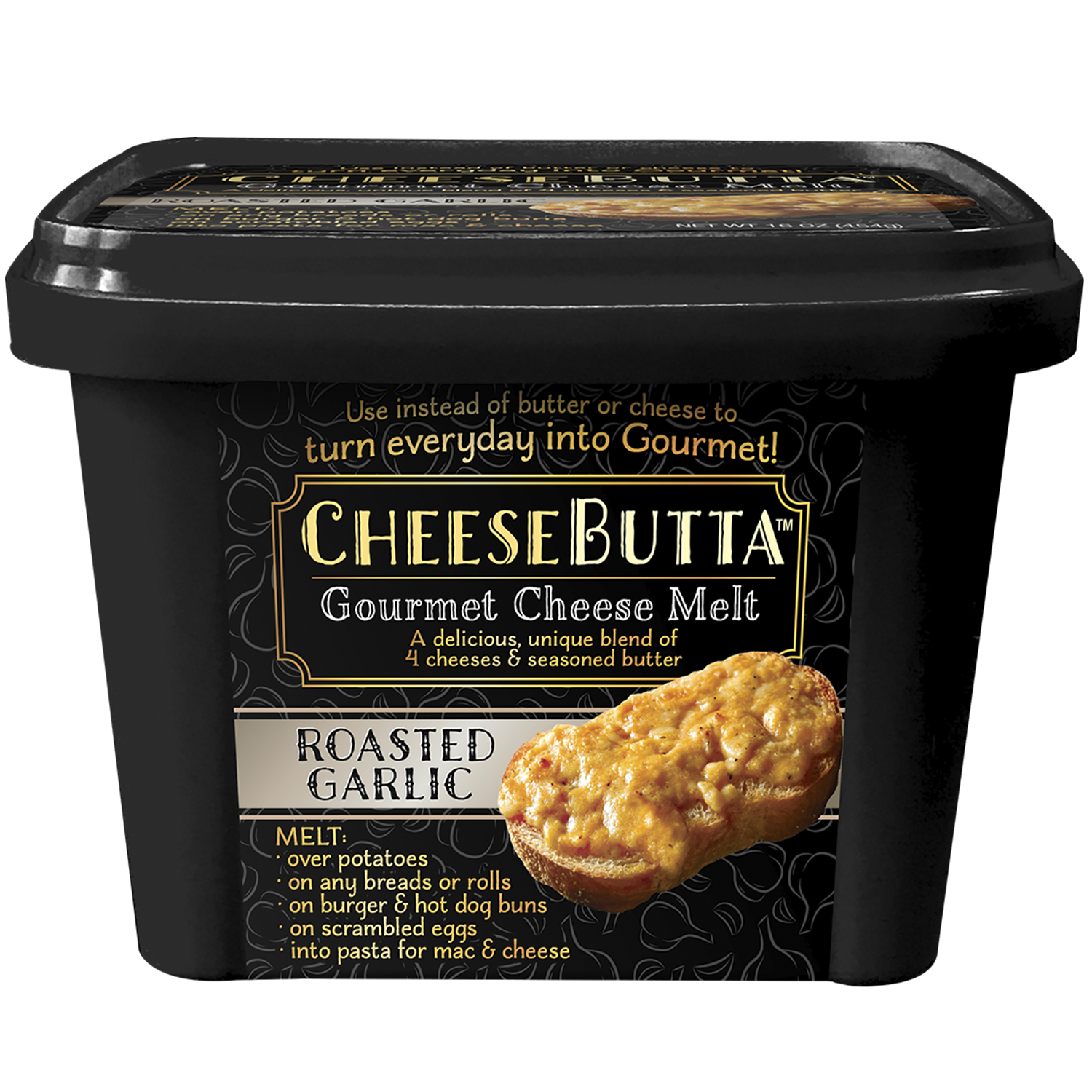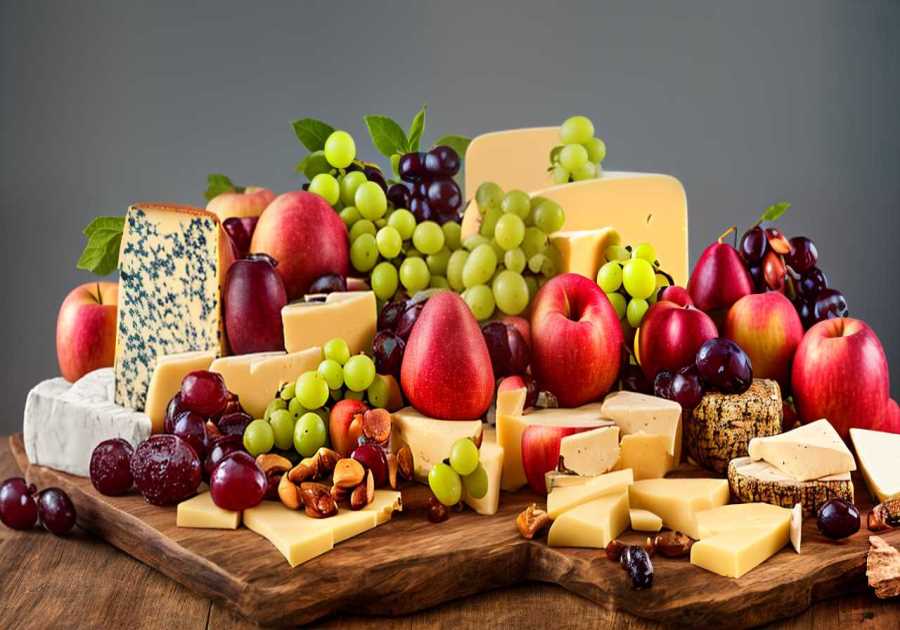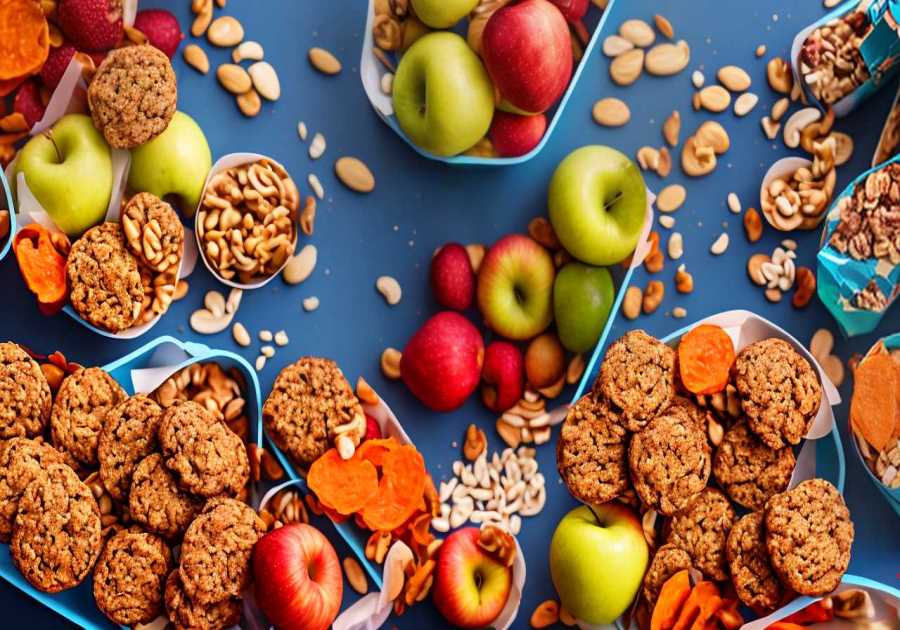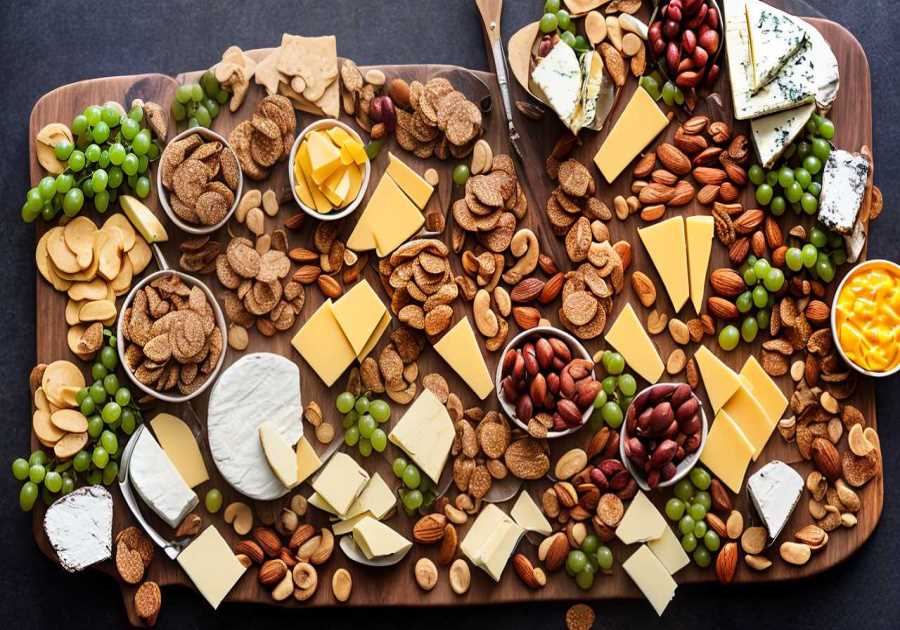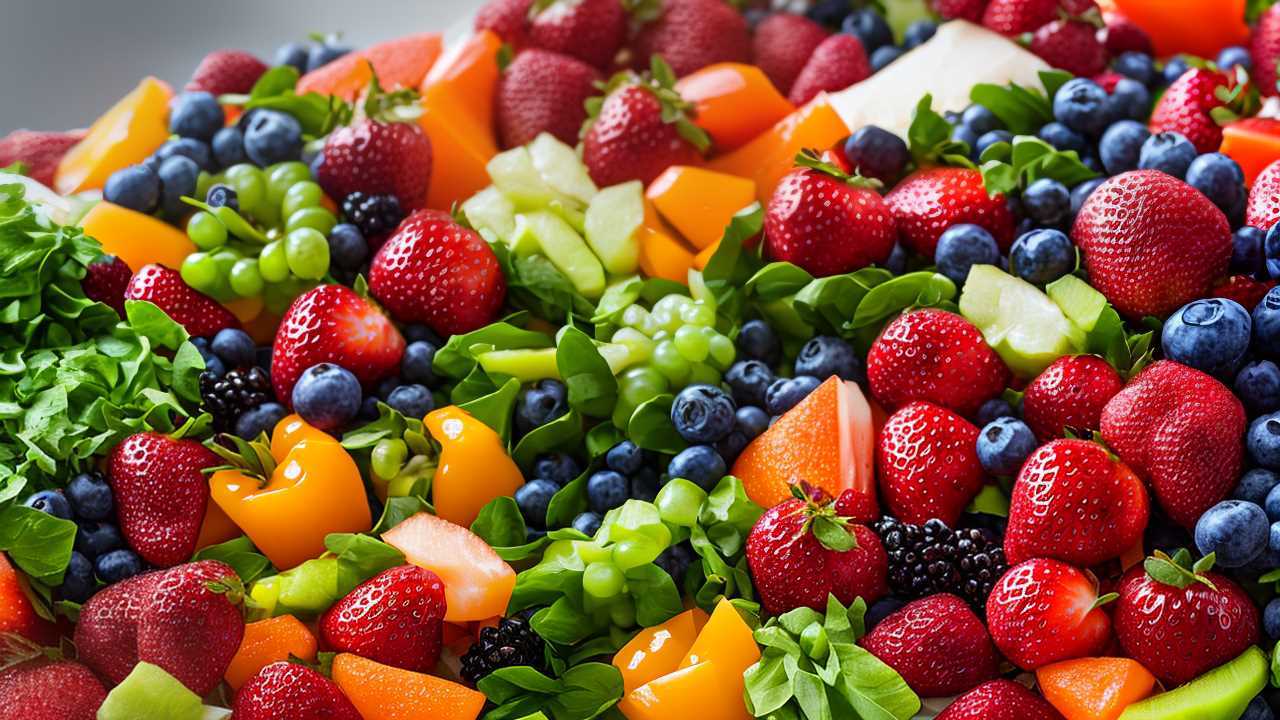
How to Pack Snacks for Kids School?
To pack snacks for your kid's school, start by choosing allergy-aware options like fresh fruit cups, vegetable sticks, and nut-free granola bars. Balance these with protein-rich choices such as string cheese or hummus to sustain energy throughout the day. Opt for whole grains like mini rice cakes or oatmeal cookies, keeping portions controlled using small containers or baggies. This blend not only addresses nutritional needs but also keeps allergies and portion sizes in check. Packing a variety ensures your child won't get bored and stays excited about healthy eating. With these tips, you're set to enhance not just their snack time but their overall health and learning experience.
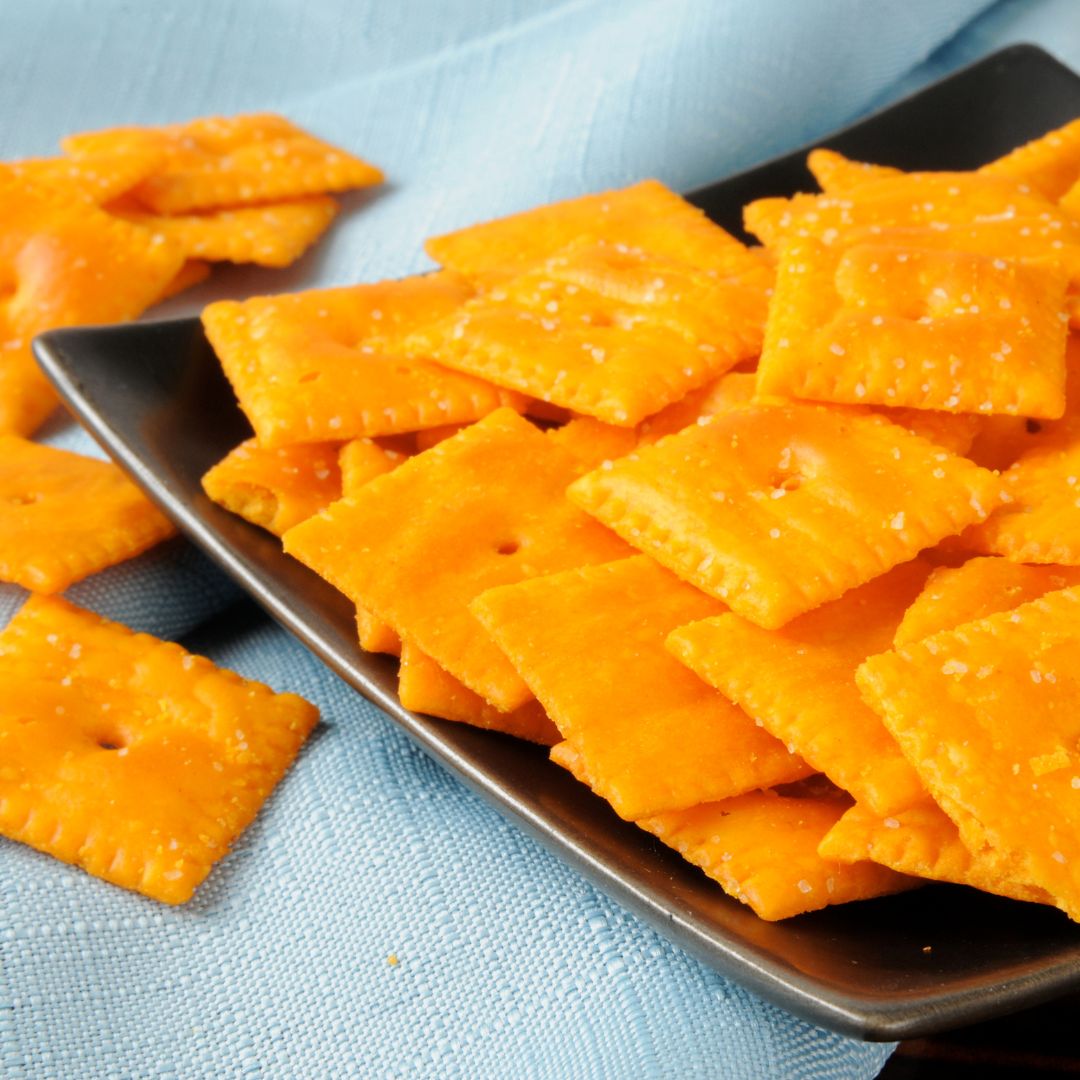
Essential Nutritional Guidelines
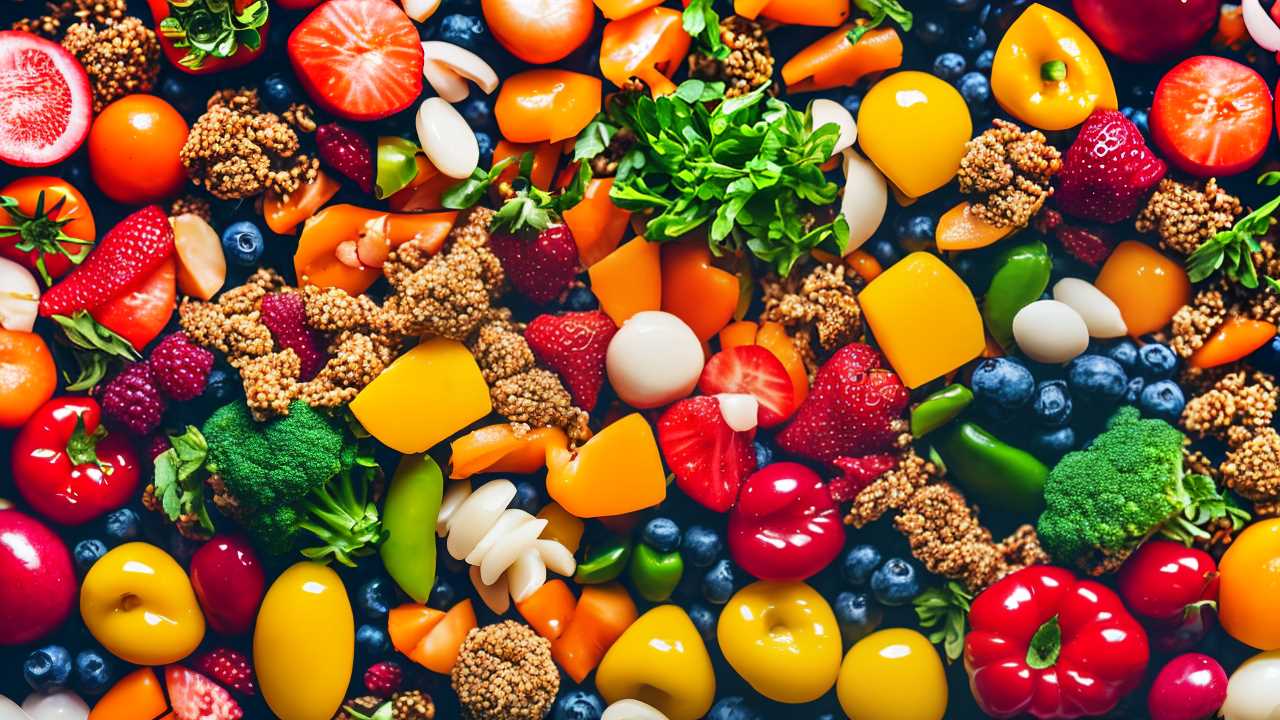
When packing snacks for your child's school day, it's crucial to balance nutrition, allergen safety, and portion control. You're aiming to provide fuel that supports their energy and focus without risking any adverse reactions in those with food allergies. To achieve this, consider snacks high in nutrient density, meaning they pack a lot of nutrients in small amounts.
Start by selecting fruits and vegetables. Carrot sticks, apple slices, and cherry tomatoes aren't only nutritious but also generally safe for most children, including those with common allergies. Pair these with a small portion of nut-free butter or hummus to add protein and healthy fats, enhancing the snack's ability to satisfy hunger longer.
Next, think about whole grains. Opt for oatmeal cookies or mini rice cakes. These options are often more allergy-friendly and can be portion-controlled easily. Ensure they're made with whole ingredients to maximize the nutrient density, providing your child with essential vitamins and minerals. For a touch of gourmet delight, consider adding a small dollop of CheeseButta to a whole grain cracker, infusing a creamy texture and rich flavor that children love.
For a little variety, incorporate dairy or dairy alternatives like cheese cubes or a yogurt pouch. Check labels to ensure they're free from common allergens and consider portion sizes that won't overwhelm but will adequately tide your child over until their next meal.
Balanced portions are key. Too much can lead to wastage or overeating, while too little might leave them hungry. Use small containers or baggies to portion out each item. This helps you control how much they're eating and ensures that each snack remains an enjoyable part of their school day, full of the energy and nutrients they need.
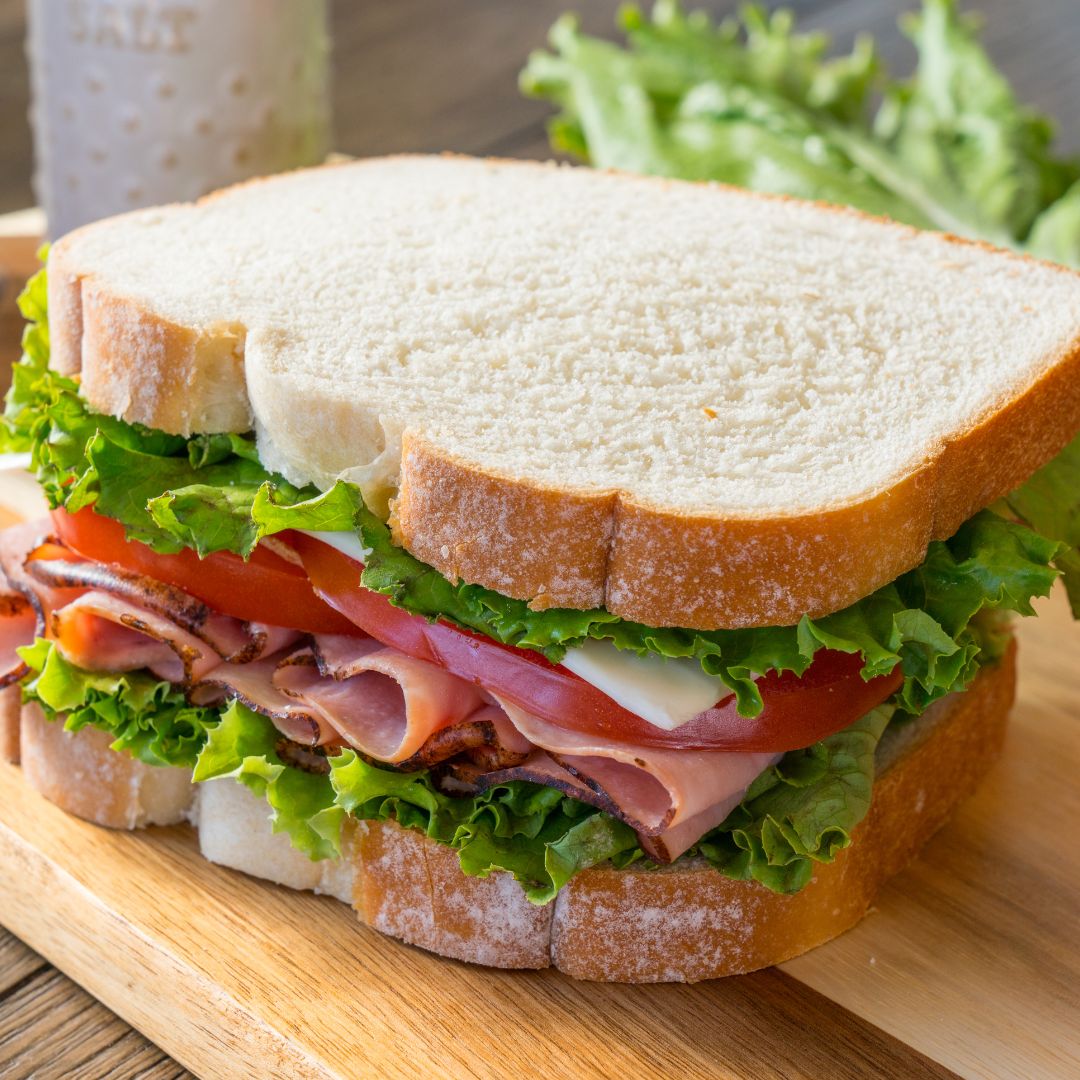
Choosing the Right Containers

Selecting the right containers for your child's snacks plays a key role in maintaining the freshness, adhering to portion control, and preventing cross-contamination. When choosing container types, it's crucial to consider materials that are safe and durable. BPA-free plastic, stainless steel, and glass are top choices, each offering unique benefits.
For instance, stainless steel is robust and doesn't retain odors, while glass is excellent for visibility but heavier. With allergies a growing concern, ensure the containers you choose are easy to clean to eliminate residue from previous uses. This minimizes the risk of allergen exposure, keeping your child safe. Look for containers with tight-sealing lids to prevent leaks and keep perishable items fresh throughout the day.
Portion sizes are another key consideration. Opt for containers with compartments or use multiple small containers. This helps in packing a variety of snacks in appropriate portions, supporting a balanced diet without overfeeding. It's not just about limiting quantities; it's also ensuring they get a mix of nutrients from different food types.
Considering the variety of CheeseBall Bites available, using compartmentalized containers can be great for including these tasty and nutritious options in your child's snack selection.
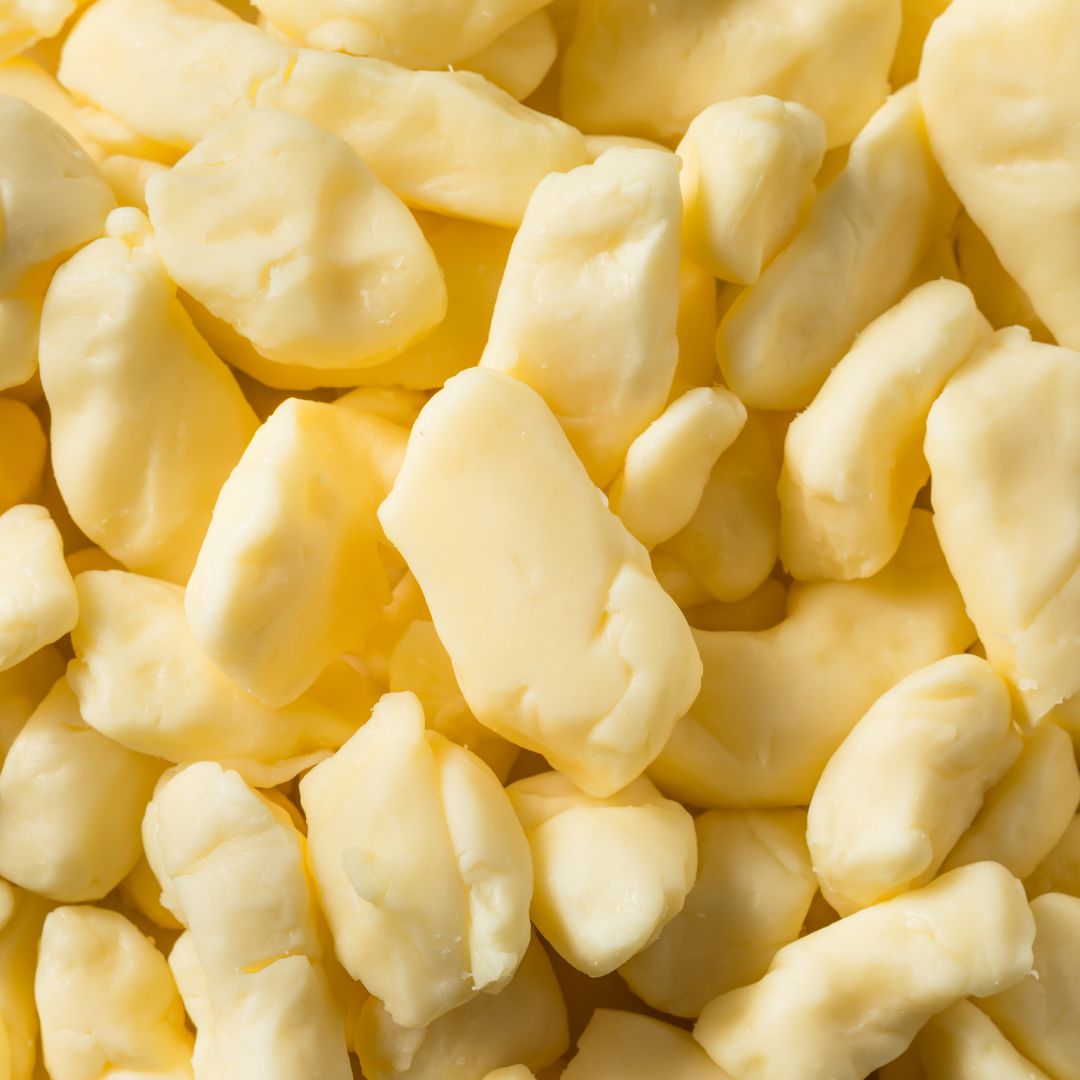
Quick and Easy Snack Ideas
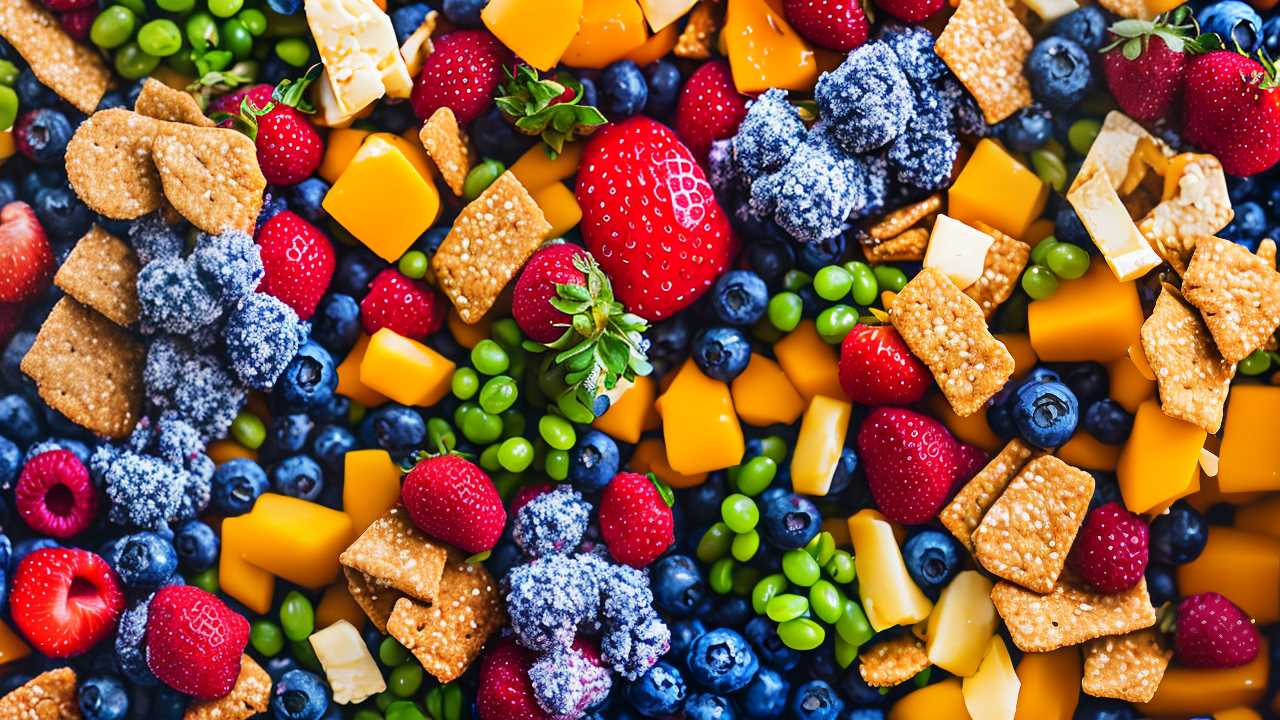
Choosing the right snacks for your child's school day can be both fun and strategic, ensuring they get the nutrition they need with flavors they love, while also considering any dietary restrictions.
You'll want snacks that are quick to prepare, easy to pack, and delightful for your child to eat. A great option is homemade fruit roll-ups. They're a fabulous way to include fresh fruit in your child's diet and you can control the amount of added sugar.
Simply puree ripe fruits like strawberries or mangoes, spread thinly on a baking sheet, and bake at a low temperature until dried. These roll-ups aren't only tasty but also portable and mess-free.
Yogurt parfaits are another brilliant choice. Layer plain Greek yogurt with mixed berries and a sprinkle of granola for a snack that's rich in protein, calcium, and antioxidants.
It's important to measure each component to keep portions sensible and ensure the snack remains balanced. If you're concerned about allergens, opt for gluten-free granola and lactose-free yogurt.
To keep your child's energy levels steady throughout the school day, consider including high-protein snacks like hard-boiled eggs or string cheese, which aren't only nutritious but also very convenient for busy mornings.
Always remember to vary the snacks to keep your child interested. Alternate between savory and sweet, and include a range of textures and flavors.
Consider adding small, bite-sized vegetables with a light dip or whole grain crackers with cheese slices on different days.
Packing these nutritious, appealing snacks won't only satisfy your child's midday hunger but also support their overall health and energy levels, helping them focus and engage fully in their school activities.
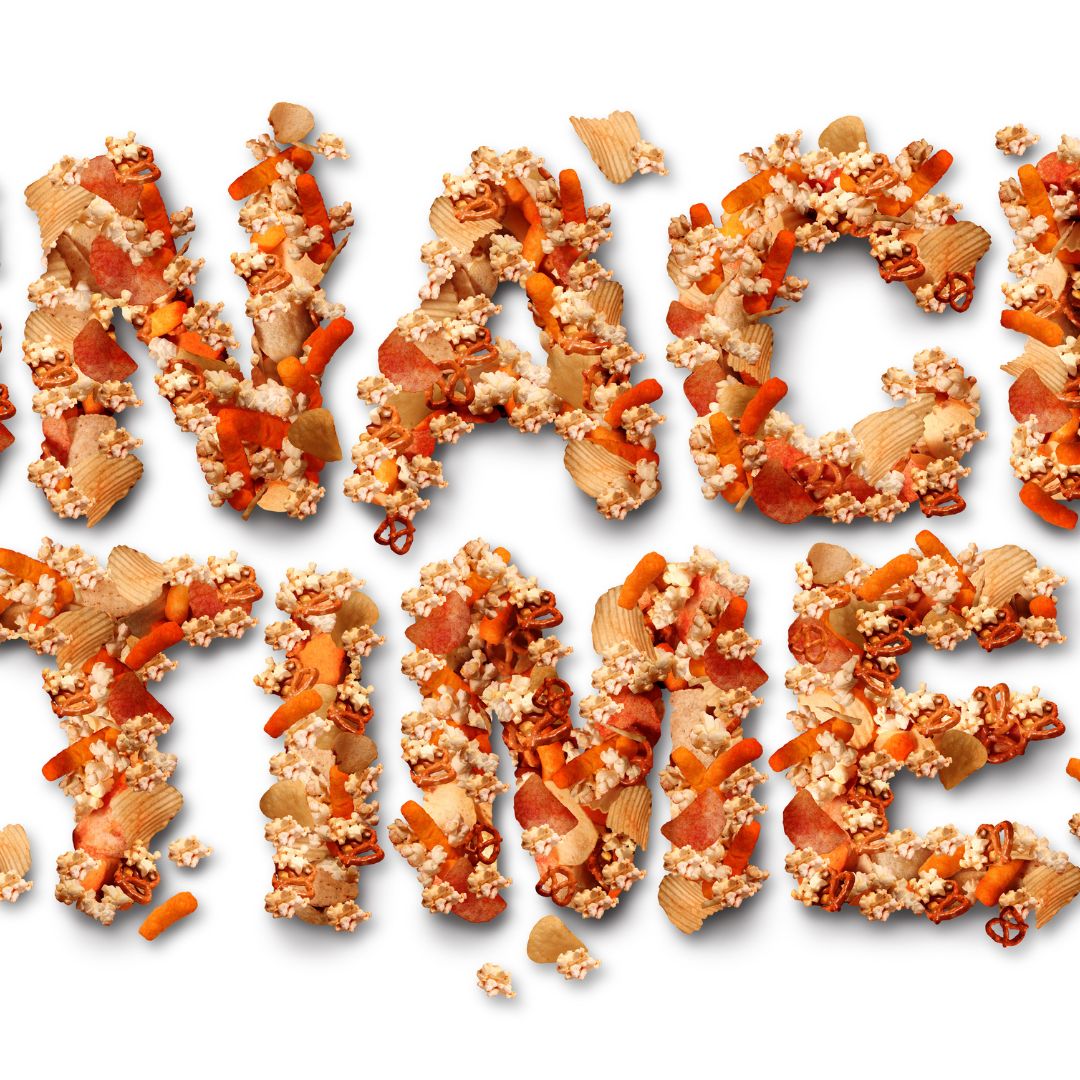
Allergen-Free Snack Options
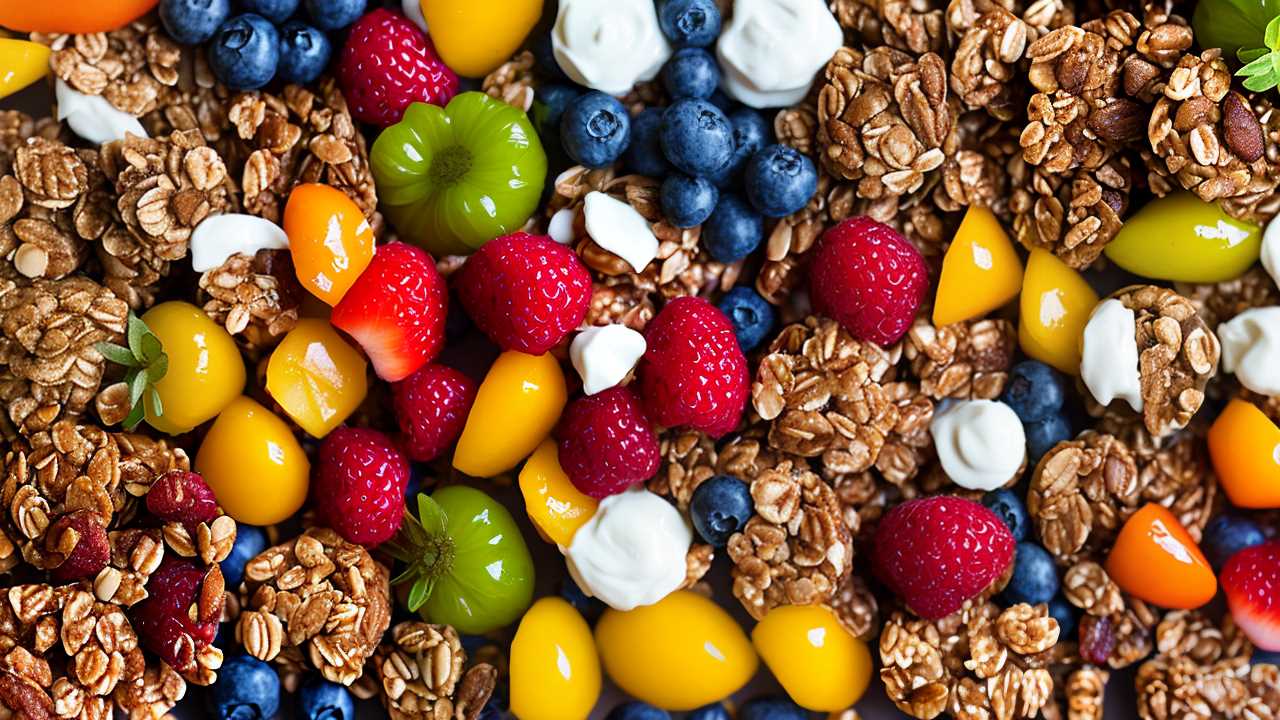
While you aim for variety and nutrition in your child's snacks, it's also important to consider allergen-free options that ensure safety and inclusivity.
With the rise in food allergies among children, providing snacks that are free from common allergens can help make every child feel included and safe during snack time at school.
Here are some thoughtful, allergen-free snack ideas that are both nutritious and considerate:
- Fruit Cups or Vegetable Sticks: Fresh fruit cups or vegetable sticks are natural, refreshing, and completely allergen-free. You can serve them with allergen-free dip options, like hummus or a yogurt-based dip, to enhance their flavor.
- Rice Cakes with Avocado Spread: Opt for whole-grain rice cakes, which are naturally gluten-free, and top them with a creamy avocado spread. This combination not only tastes great but also provides good fats and fiber, making it a satisfying, allergen-free choice.
- Popcorn: A fun and light option, popcorn is naturally gluten-free and can be enjoyed by almost everyone. Just make sure it's prepared without butter or other potential allergens, and keep portions reasonable to avoid over-snacking.
- Nut-Free Granola Bars: There are many recipes and pre-packaged options for granola bars that omit nuts and use seeds instead. Look for bars that specifically mention being nut-free and gluten-free to cater to children who've these specific dietary restrictions.

Weekly Snack Planning Tips
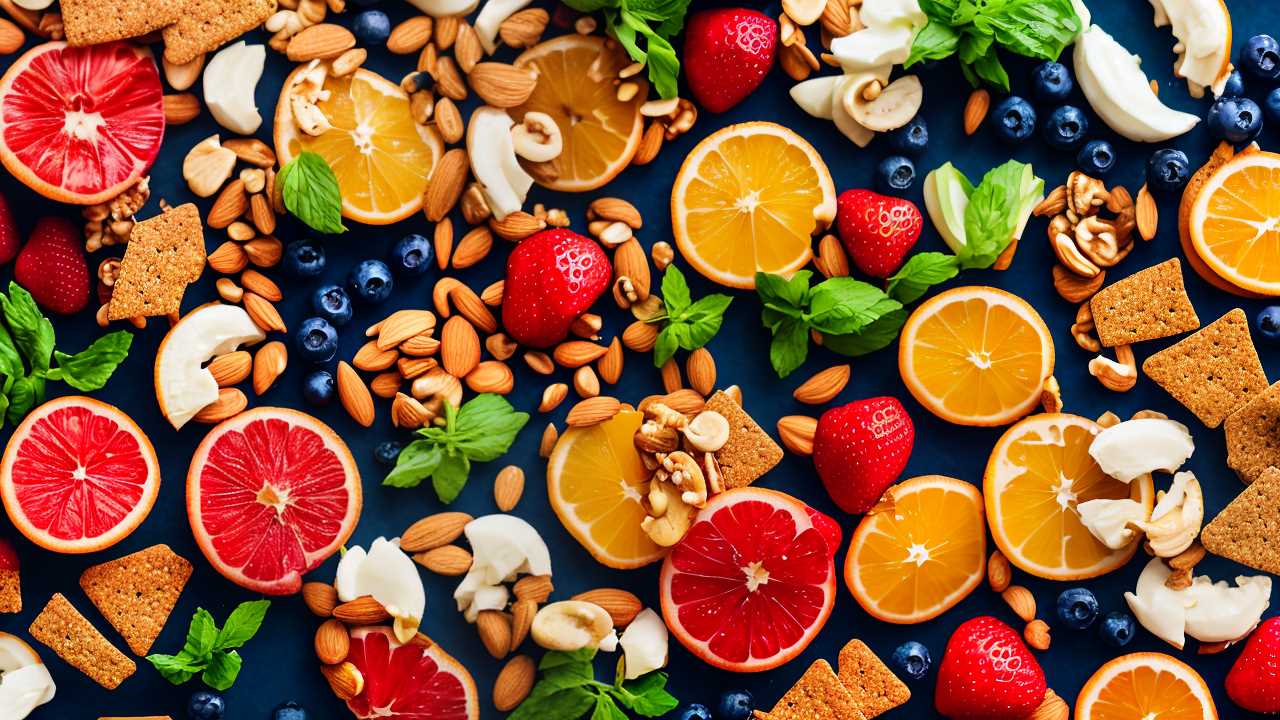
Planning your child's weekly snacks can streamline your grocery shopping and ensure they always have healthy, allergen-aware options ready to go. Begin by drafting a snack schedule that incorporates a variety of nutrient-dense foods, focusing on those that are safe for your child and any of their peers with allergies. It's crucial to balance enjoyment with health, so include items that your child loves and that also meet their nutritional needs.
Incorporate seasonal fruits into the snack rotation to take advantage of peak flavors and nutritional value while often saving money on cost. Apples in the fall, berries in the summer, and oranges in the winter not only add variety but also ensure that your child gets a wide range of vitamins and antioxidants throughout the year.
Remember to check each fruit for any common allergens it might be processed with, especially if packaged.
To keep things interesting, use a snack rotation system. This method prevents snack boredom and overconsumption of any single type of food. For instance, rotate between categories like fresh fruits, vegetable sticks with allergen-free dips, whole-grain crackers, and homemade treats like muffins or granola bars that are free from common allergens.
Portion control is also key. Packing the right amount ensures that your child gets enough food to fuel their day without overeating. Use small containers or bags to portion out snacks, which can help teach your child healthy eating habits from a young age.

Frequently Asked Questions
How Do I Handle My Child's Sudden Dislike for Their Usual Snacks?
If your child's suddenly turning down their usual snacks, it's time to mix things up.
Consider their evolving taste preferences and introduce a snack variety that's both nutritious and exciting. Make sure you're allergy-aware and keep portions controlled.
Offer new options in a fun, engaging way. Sometimes, children's tastes change as they grow, and offering different choices can help cater to their new likes and dislikes while ensuring they're well-nourished.
Are Homemade Snacks Cost-Effective Compared to Store-Bought?
Yes, making homemade snacks can be more cost-effective than buying store-bought ones. You control the ingredient quality and can cater to specific dietary needs or allergies.
By preparing snacks yourself, you ensure they're nutritional, free from unwanted additives, and appropriately portioned. This approach not only saves money but also enhances the health benefits, providing peace of mind when serving your family.
Plus, it allows you to tailor flavors to your child's changing tastes.
What Snacks Can Help Improve My Child's Concentration?
To enhance your child's concentration, consider brain-boosting foods.
Studies show that children who consume omega-3 rich snacks have improved mental focus. Pack concentration-enhancing snacks like small portions of walnuts or chia seed pudding, which are both nutritious and allergy-aware.
These snacks provide essential nutrients without overloading their system, ensuring they remain attentive and energized throughout the school day.
How Do I Balance Treats and Healthy Options in Snacks?
To balance treats and healthy options in your child's snacks, focus on snack variety and portion control.
Include a mix of fruits, veggies, and small treats to satisfy both nutrition and cravings.
Be allergy-aware by avoiding common allergens unless you're sure they're safe for the environment.
This approach not only caters to nutritional needs but also demonstrates care and consideration, ensuring your child enjoys delicious, balanced snacks that are safe and satisfying.
Can Snacks Affect My Child's Mood or Behavior at School?
Yes, snacks can significantly influence your child's mood and behavior at school.
Studies show that snack timing and the sugar impact are crucial; for instance, high-sugar snacks can lead to energy crashes and inattention.
Opt for balanced, allergy-aware options that offer sustained energy. Proper portion control is key to avoiding overeating.

Conclusion
You've mastered the art of packing nutritious, allergen-free snacks that fit perfectly in those clever containers. Remember, nearly 1 in 13 children has a food allergy. By choosing safe, wholesome options, you're not just fueling your child but also protecting others. Keep up with portion control and vary the snacks weekly to keep your little one excited and healthy. Here's to happy, allergy-aware snacking that keeps those tiny tummies full and focused at school!

